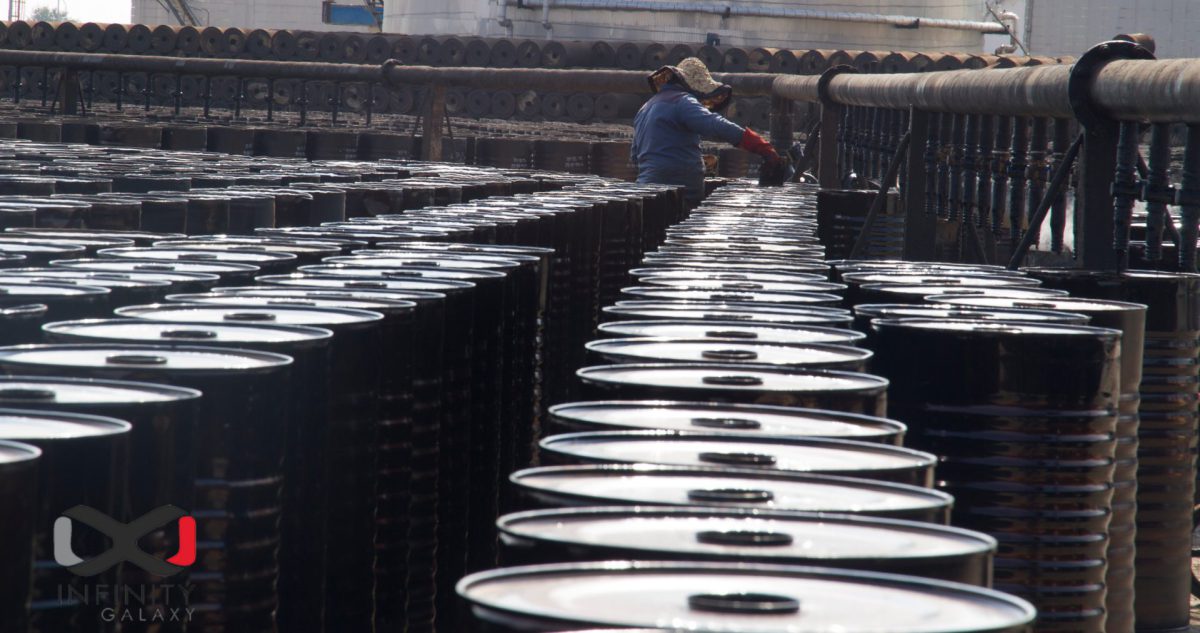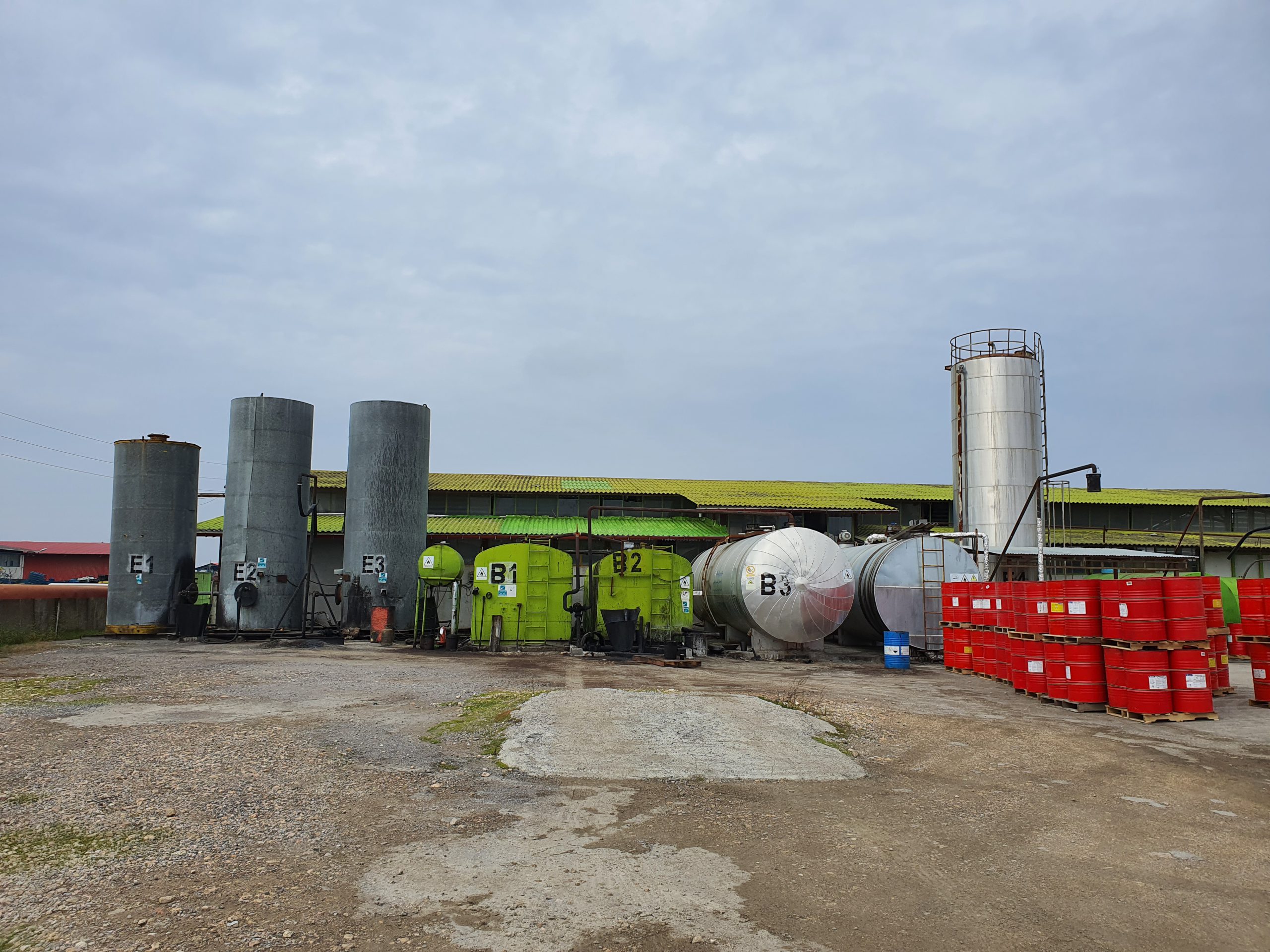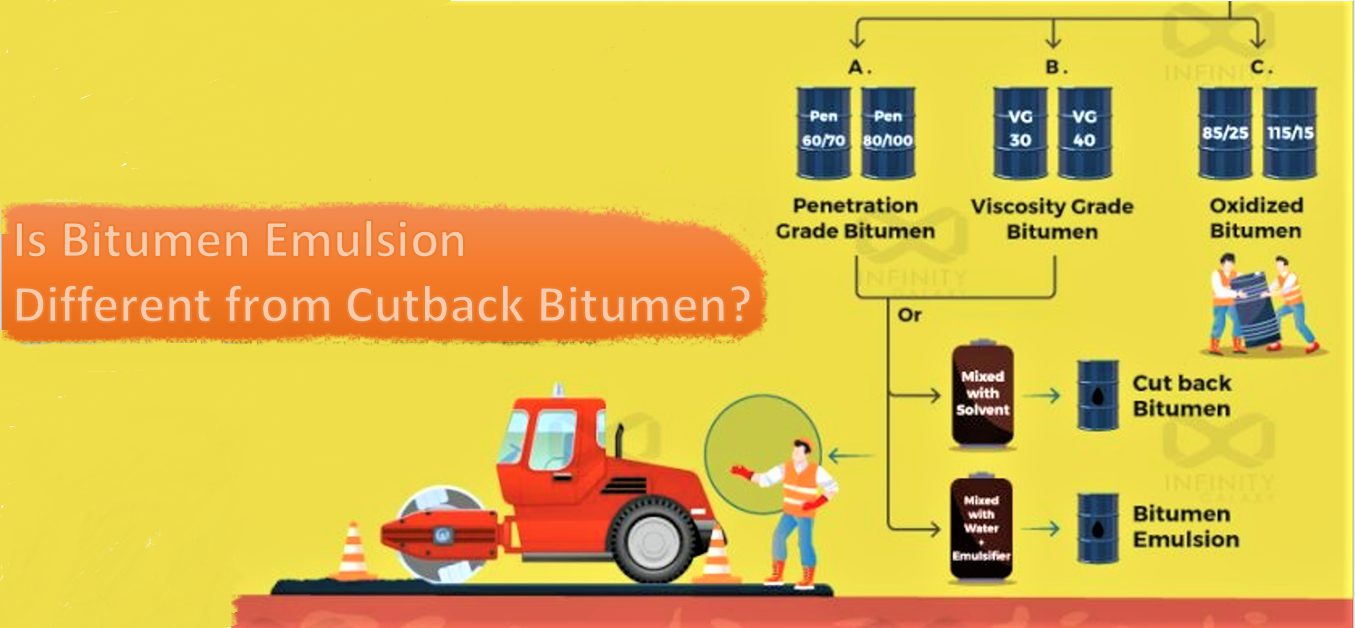Did you know that various types of cutback bitumen have different applications?
Depending on the climate and the condition of the soil, various grades of cutback bitumen should be used.
Although MC-30 and MC-70 both perform well in the process of road construction, they are not the same in terms of specifications and applications.
Thus, they cannot be applied to a base interchangeably.
That’s why in this article, we are going to take a broader look at MC-70 cutback bitumen as well as its applications and advantages.
MC-70 Bitumen Specifications
In the below table you can check the mc-70 bitumen specifications:
| Cutback Bitumen Medium-Curing-70 Specifications | ||||
|---|---|---|---|---|
| Properties | Specification Limit | Test Method | ||
| Min | Max | |||
| Kinematic Viscosity at 60 °C , mm2/s | 70 | 140 | ASTM D2170 | |
| Flash Point (Tag Open Cup), °C | 38 | – | ASTM D3143 | |
| Distillate, %Volume of Total Distillate to @360 °C | ||||
| To 225 °C | – | 25 | ASTM D402 | |
| To 260 °C | 10 | 70 | ASTM D402 | |
| To 316 °C | 75 | 93 | ASTM D402 | |
| Residue From Distillation to 360 °C (% Vol by Difference) | 55 | – | ASTM D402 | |
| Test On Residue from Distillation: | ||||
| Penetration, 25 °C, (dmm) | 120 | 300 | ASTM D5 | |
| Ductility, 25 °C, (cm) | 100 | – | ASTM D113 | |
| Solubility in Trichloroethylene, % | 99 | – | ASTM D2042 | |
| Water , % | – | 0.2 | ASTM D95 | |
If you’d like to buy MC 70, check out the latest MC 70 cutback bitumen price.
What are the Applications of MC-70 Bitumen?
MC-70 bitumen (also called MC-70 asphalt) is designed to be used as a primer in coating roads. This grade of bitumen is usually heated and sprayed on the road base, before the final layer of asphalt is laid.
Read more about MC-70 application in road construction.
Since the kinematic viscosity of MC-70 ranges from 70 to 140, it will properly coat and bond loosely bonded and fine grained soils such as well graded sand.
It is, thus, not suitable for densely graded base courses. For these types of bases, MC-30 cutback bitumen performs better.
Find out more in our article about the differences between cutback bitumen MC-70 and MC-30.
Another use of MC-70 bitumen is for dust control on unpaved roads.
Since cutback bitumen contains hazardous solvents, its application for controlling dust is prohibited in some countries.
How to Use MC-70 Bitumen?
There are a few points that need to be considered before the application of MC-70 cutback bitumen.
The recommended application temperature for MC-70 is 50 °C.
Before the application of MC-70 in prime coat, the course should be clean and the primer needs to be heated for spraying.
When applying MC-70 bitumen on a road base, the surface must be clean and its temperature needs to be 10 °C.
Infinity Galaxy, MC-70 Bitumen Supplier
Infinity Galaxy is bitumen supplier, located in Dubai, with a decade of expertise in bitumen exporting.
At Infinity Galaxy, we guarantee reliability, accountability, and full customer support. We’re here to ensure your success.
Contact us in the comments or on WhatsApp for any inquiries or orders about mc-70 bitumen.







